Temp&Hum 14 Click
R330.00 ex. VAT
Temp & Hum 14 Click is a compact add-on board that contains one of the smallest and most accurate humidity and temperature sensors on the market. This board features the HTU31D, a highly accurate digital relative humidity sensor with temperature output from TE Connectivity. With power consumption down to 3.78μW and accuracy of ±2%RH and ±0.2°C, this Click board™ provides fast response time, precision measurement, low hysteresis, and sustained performance even when exposed to extreme temperature up to 125°C and humidity environments. This Click board™ is suitable for relative humidity and temperature measuring applications, including weather stations, reliable monitoring systems, and more.
Temp & Hum 14 Click is supported by a mikroSDK compliant library, which includes functions that simplify software development. This Click board™ comes as a fully tested product, ready to be used on a system equipped with the mikroBUS™ socket.
Stock: Lead-time applicable.
| 5+ | R313.50 |
| 10+ | R297.00 |
| 15+ | R280.50 |
| 20+ | R269.94 |


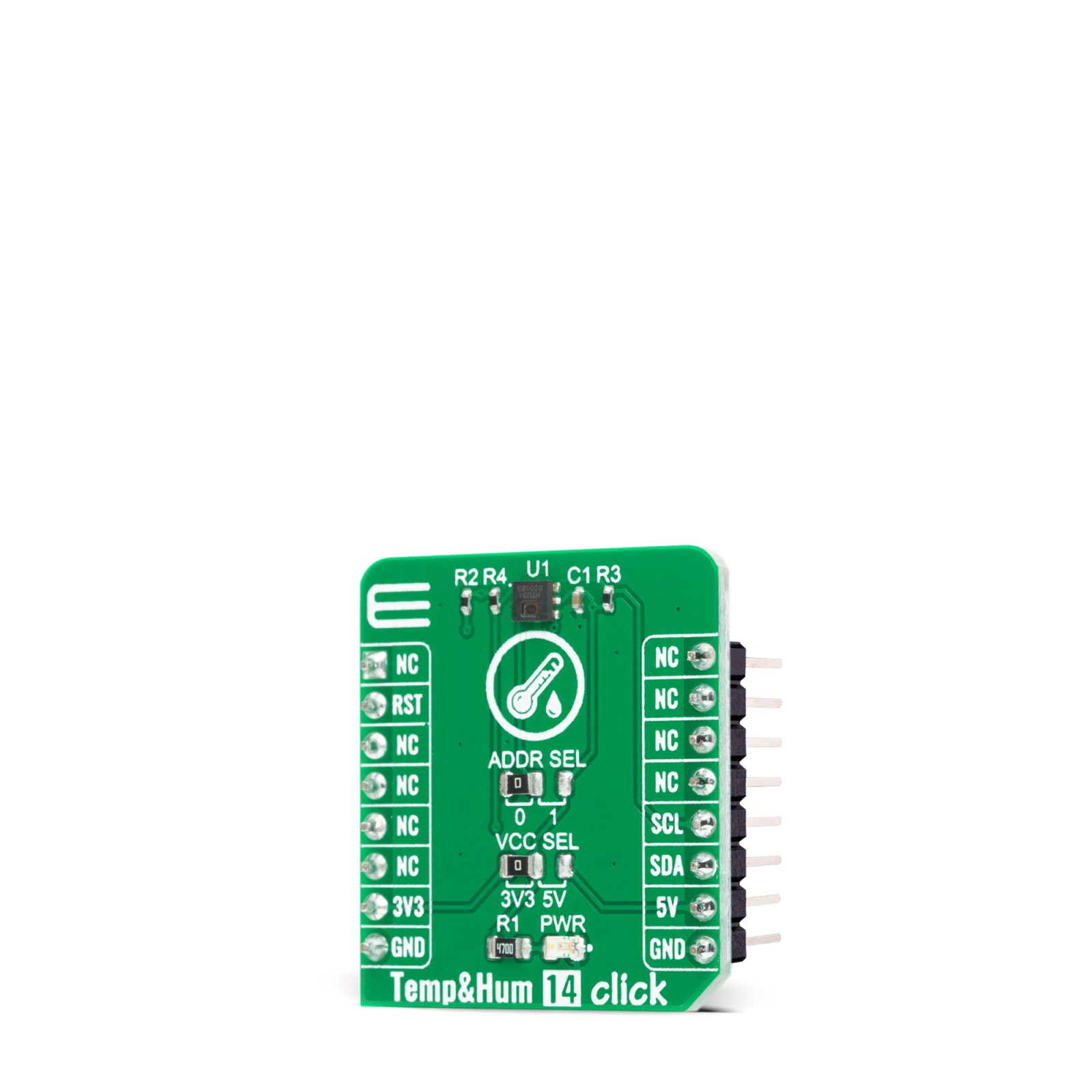

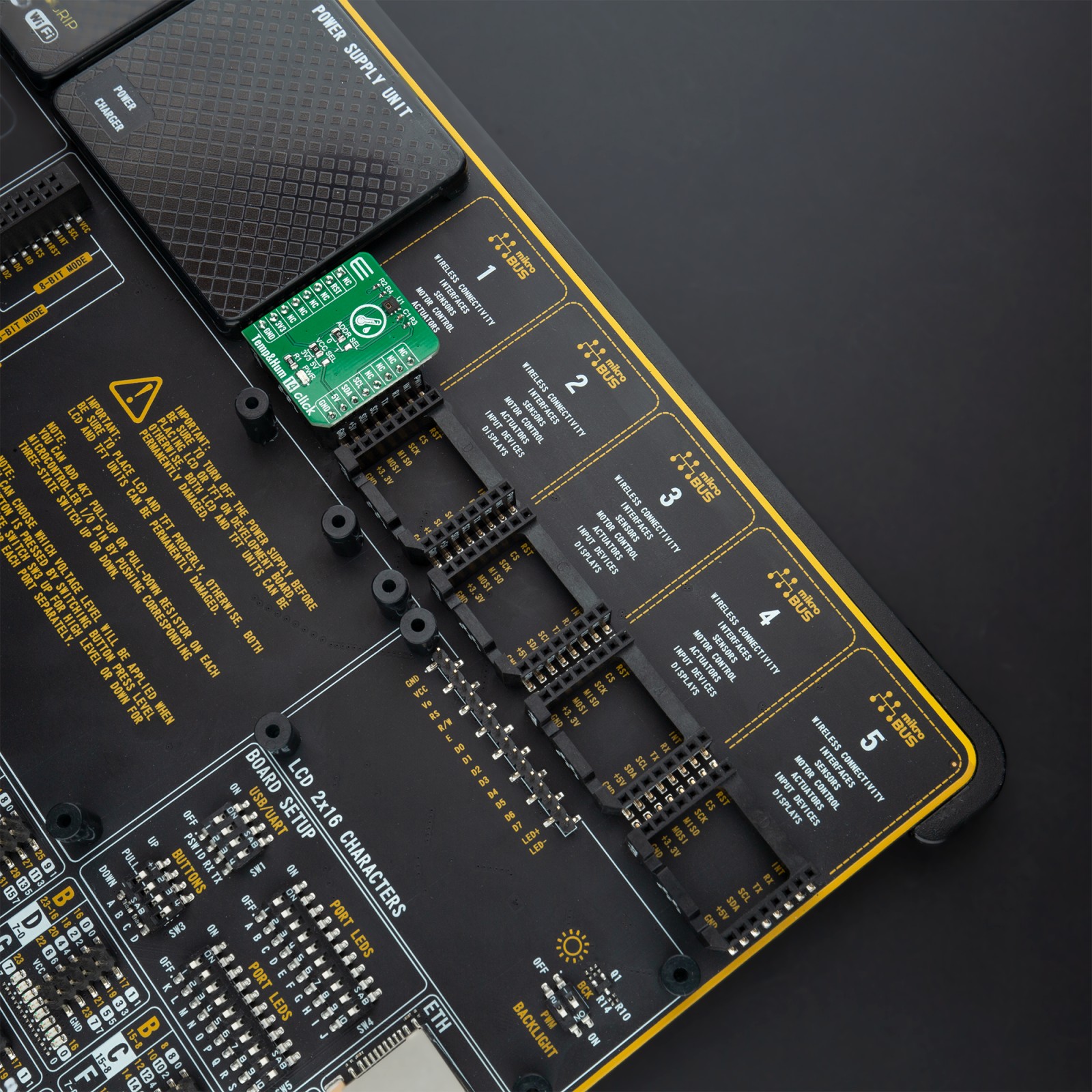

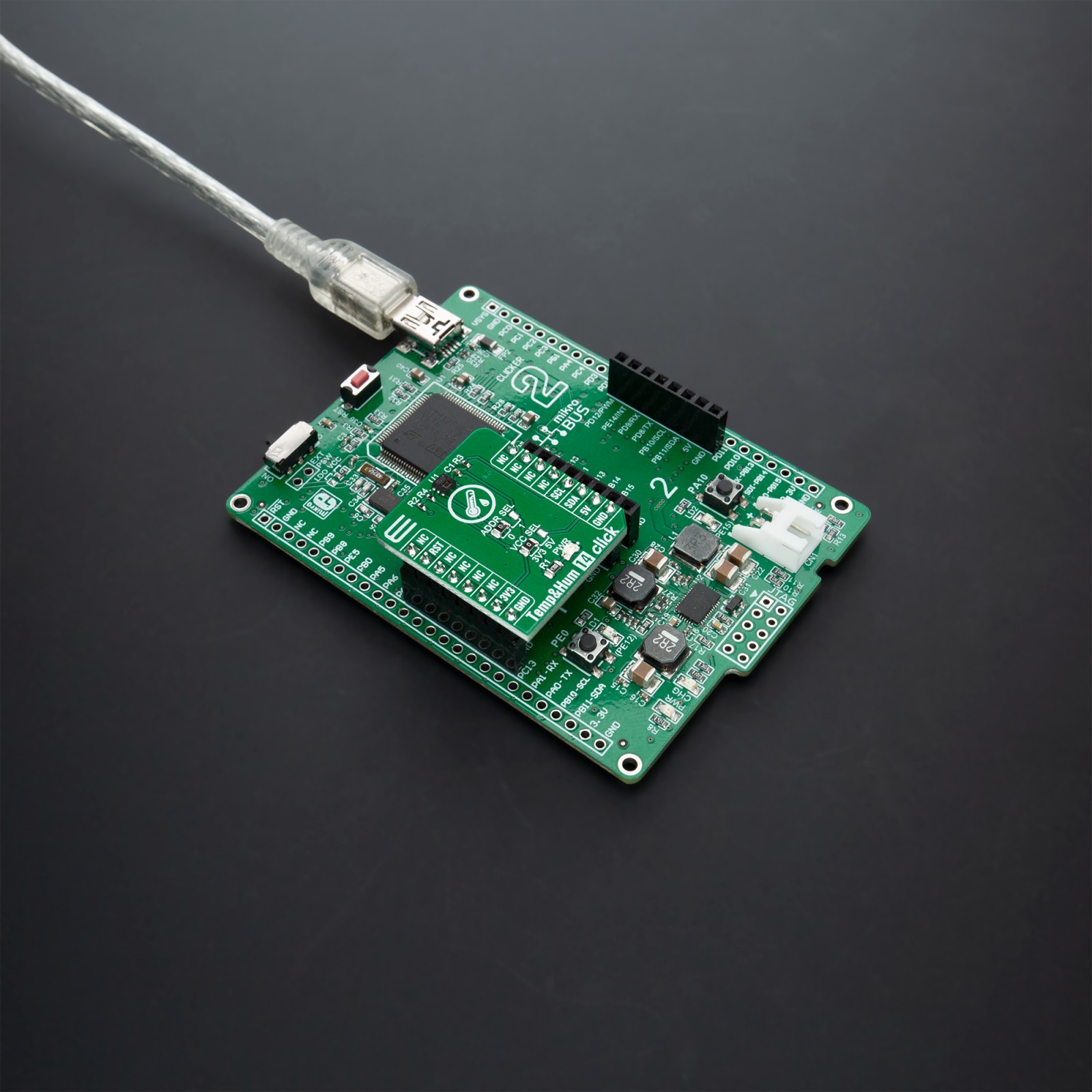
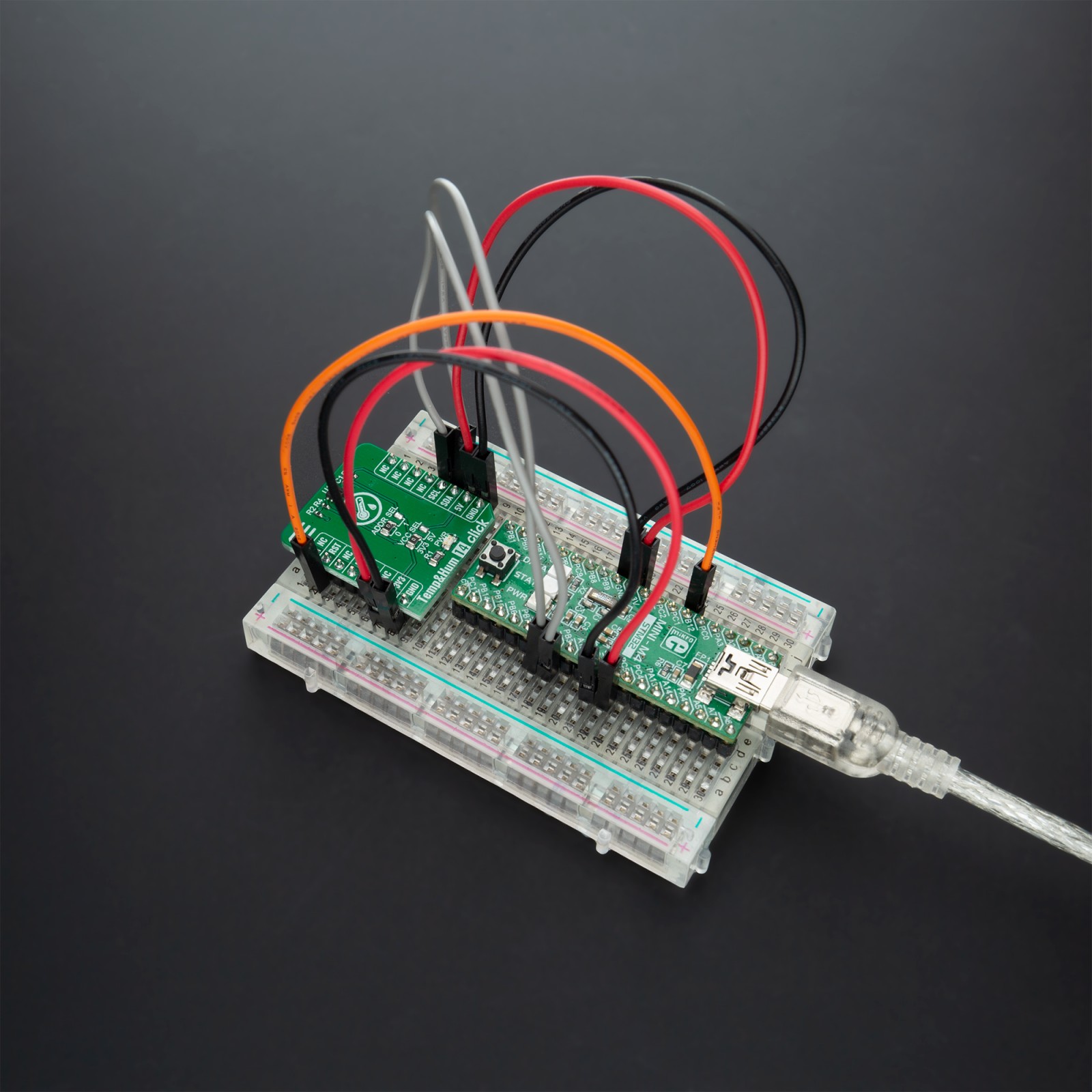
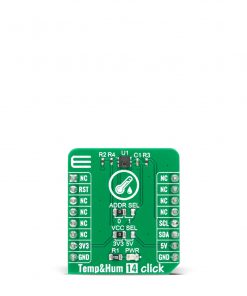
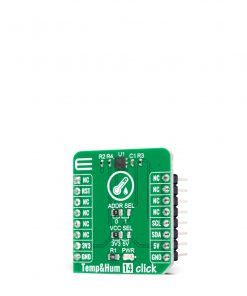
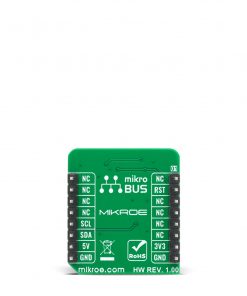

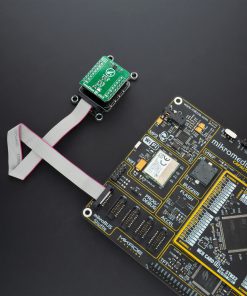
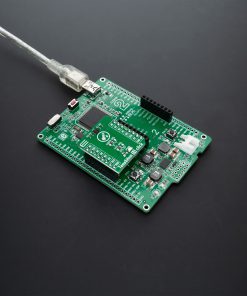

.jpg)








